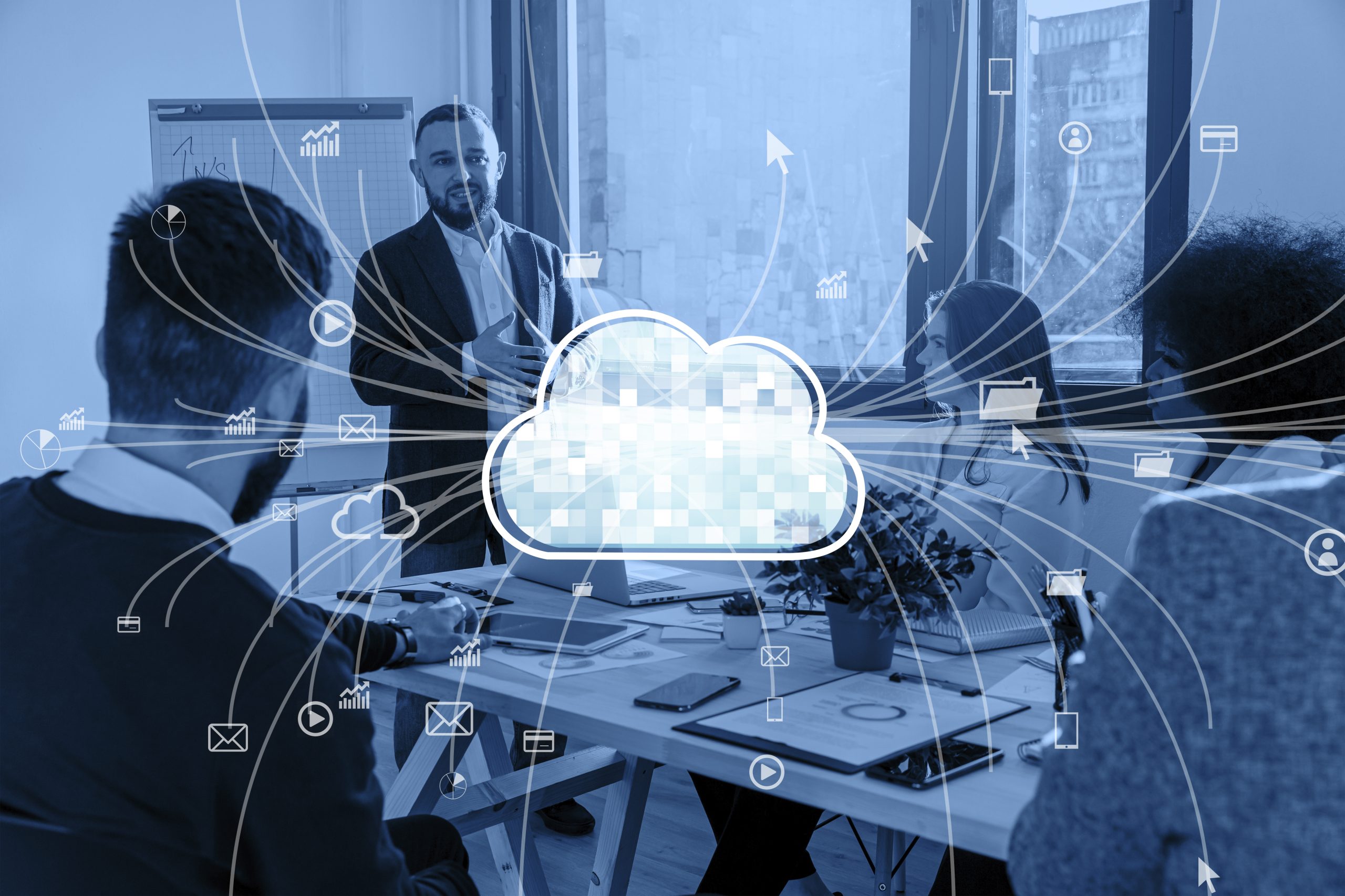With the rise of remote work, cybersecurity has become a top concern, especially when it comes to protecting sensitive client data stored in the cloud. When employees work from various locations, companies must adopt robust practices to safeguard against potential security breaches. Here’s a look at essential cybersecurity measures for remote work to ensure client data remains protected.
Access control is the first line of defense in protecting data:
- Multi-Factor Authentication (MFA): Require employees to use MFA for accessing cloud applications. This extra layer of security helps prevent unauthorized access even if passwords are compromised.
- Role-Based Access: Limit data access based on employees’ roles. Ensure that only those who need to work with client data can access it, reducing the risk of accidental or malicious exposure.
Example: A tax consulting firm could use role-based access to ensure only specific team members working on tax files have access to sensitive client financial data.
Encrypt Data in Transit and at Rest
Encryption is critical for protecting data as it moves between devices and cloud services:
- End-to-End Encryption: Use end-to-end encryption for data both in transit (during transmission) and at rest (when stored). This prevents unauthorized individuals from reading sensitive data if they gain access.
- VPN for Secure Connections: A virtual private network (VPN) provides encrypted connections over public or unsecured networks. Require remote employees to connect to the company network through a VPN to reduce the risk of data interception.
Example: A marketing agency working with client data could mandate VPN usage for employees accessing client files remotely, ensuring secure connections even over public Wi-Fi.
Choose cloud providers with high security standards:
- Compliance with Industry Standards: Select cloud providers that meet regulatory and security standards, such as ISO 27001, HIPAA, or GDPR, depending on your industry. Compliance ensures that providers follow established protocols for protecting data.
- Data Backups and Recovery Plans: Verify that the cloud provider has a reliable data backup and recovery plan. Regular backups protect client data in case of data loss, while recovery plans ensure business continuity.
Example: A law firm using a cloud service provider can look for certifications like SOC 2 or GDPR compliance to ensure client data is stored securely.
Remote work introduces risks from multiple endpoints, including personal devices:
- Require Antivirus and Anti-Malware Software: Ensure employees use antivirus and anti-malware software on devices used for work to detect and prevent potential threats.
- Implement Device Encryption: Mandate device encryption on laptops, tablets, and mobile phones to protect data if devices are lost or stolen.
- Mobile Device Management (MDM): MDM solutions allow IT teams to monitor, manage, and secure employees’ devices, enforcing security policies remotely.
Example: A financial advisory firm could use MDM to monitor employee devices accessing client data, helping protect against unauthorized access or malware.
Employee awareness is crucial in preventing breaches:
- Training on Phishing and Social Engineering: Regularly train employees on identifying phishing attempts and other social engineering tactics. Cybercriminals often use these techniques to trick employees into revealing sensitive information.
- Password Management: Encourage the use of strong, unique passwords and educate employees on using password managers. Weak passwords are a common vulnerability in remote work setups.
Example: A healthcare provider could conduct regular training sessions on identifying phishing emails and safe password practices, ensuring employees handle patient data securely.
Collaborative tools are essential for remote work, but they must be secure:
- Secure File Sharing and Communication: Choose platforms with robust encryption for file sharing and communication. Avoid using unsecure platforms for sharing sensitive data.
- Access Controls in Collaboration Software: Ensure that collaboration tools have access controls, such as user permissions and the ability to restrict file downloads and sharing outside the organization.
Example: A consulting firm could use an encrypted document-sharing platform with access restrictions, ensuring client data is shared securely within the team only.
An incident response plan helps handle security breaches quickly and effectively:
- Develop a Clear Incident Response Plan: Outline steps for employees to follow if they suspect a data breach, including whom to contact, how to report the incident, and how to secure affected devices.
- Conduct Regular Drills: Test your incident response plan periodically to ensure employees are prepared to act quickly in the event of a security incident.
Example: A digital marketing firm could simulate a data breach response, allowing employees to practice securing systems and reporting issues promptly.
Regular monitoring helps detect unusual activity:
- Audit Log Monitoring: Set up monitoring on cloud access logs to detect and investigate unusual activity, such as repeated login attempts or access from unexpected locations.
- Regular Security Audits: Perform routine audits to review access levels, update security protocols, and identify any potential vulnerabilities.
Example: An HR firm could schedule monthly audits of cloud access logs, ensuring only authorized personnel access sensitive employee and client information.
Conclusion :
Protecting client data in a remote work environment is essential as businesses increasingly rely on the cloud. By implementing strong access controls, encryption, employee training, and secure collaboration tools, companies can reduce cybersecurity risks and ensure that sensitive client data remains secure. With a comprehensive approach to cybersecurity, remote work can be both safe and effective, fostering client trust and protecting valuable information.
FAQs :
Q.1 What is the role of encryption in protecting client data in remote work?
Encryption protects data from unauthorized access, ensuring that only authorized users can view sensitive information.
Q.2 How can VPNs help secure remote work environments?
VPNs create secure connections over public networks, reducing the risk of data interception and unauthorized access.
Q.3 What should be included in an incident response plan?
An incident response plan should include steps for employees to report suspected breaches, secure affected devices, and inform the IT team.
Q.4 How often should security audits be conducted for remote work setups?
Regular audits (monthly or quarterly) are recommended to identify vulnerabilities and ensure that access controls are up-to-date.
Q.5 Why is employee training important for cybersecurity?
Employees are often the first line of defense. Training on phishing and safe practices helps prevent common attacks targeting remote workers.
Q.6 What is multi-factor authentication, and why is it essential?
Multi-factor authentication requires an additional verification step beyond a password, providing extra security against unauthorized access.
Q.7 What types of cloud compliance certifications should I look for?
Look for certifications like ISO 27001, SOC 2, or HIPAA, depending on industry requirements, to ensure high standards of data security.
Interested in improving your customer satisfaction, increasing client retention, preventing revenue leakage, maximizing efficiency and effectiveness? Register for a demo of ERPCA, India’s first multi-lingual, mobile-app based practice management software for CA firms, tax consultants, financial services advisory firms and more. Better still, sign up for a 14-day free trial of ERPCA and see for yourself the wonderful features and benefits of this software.










